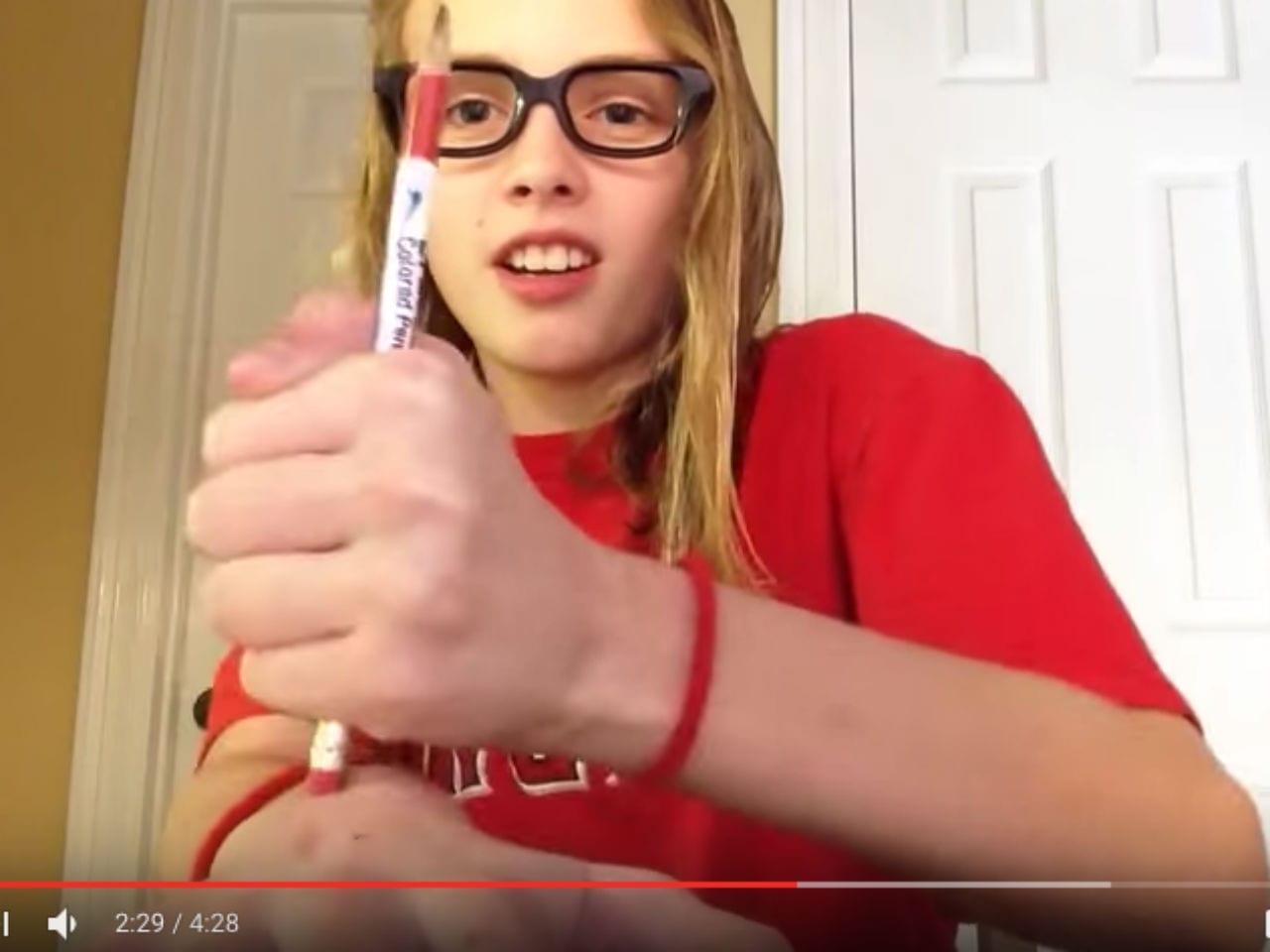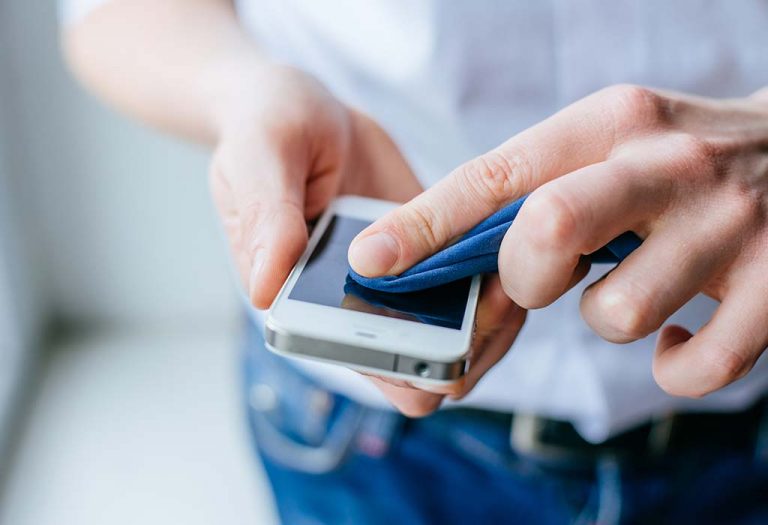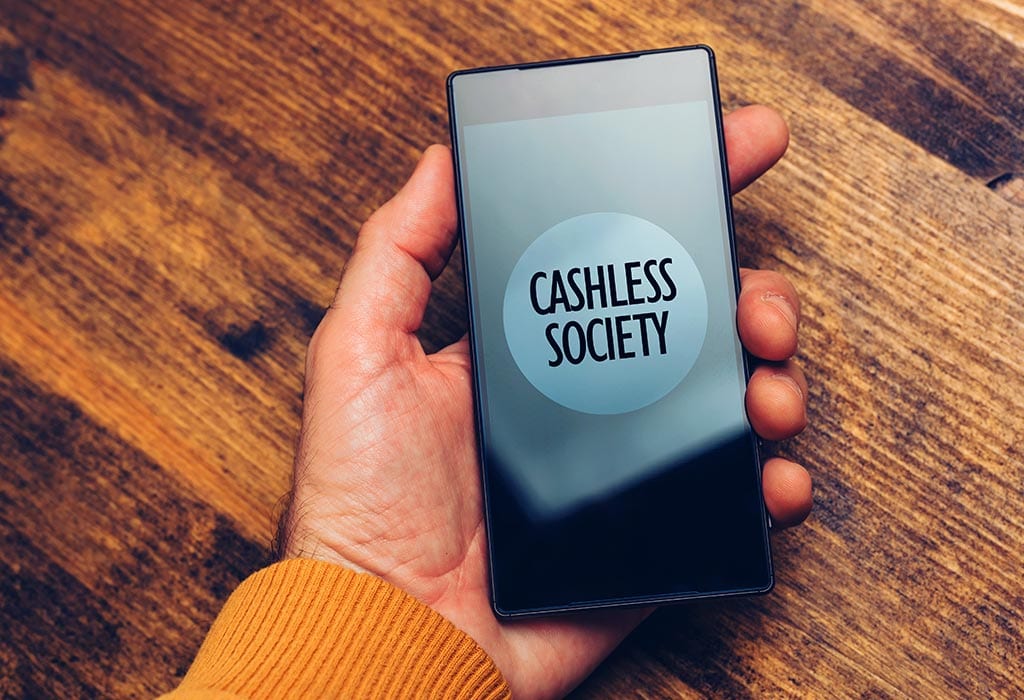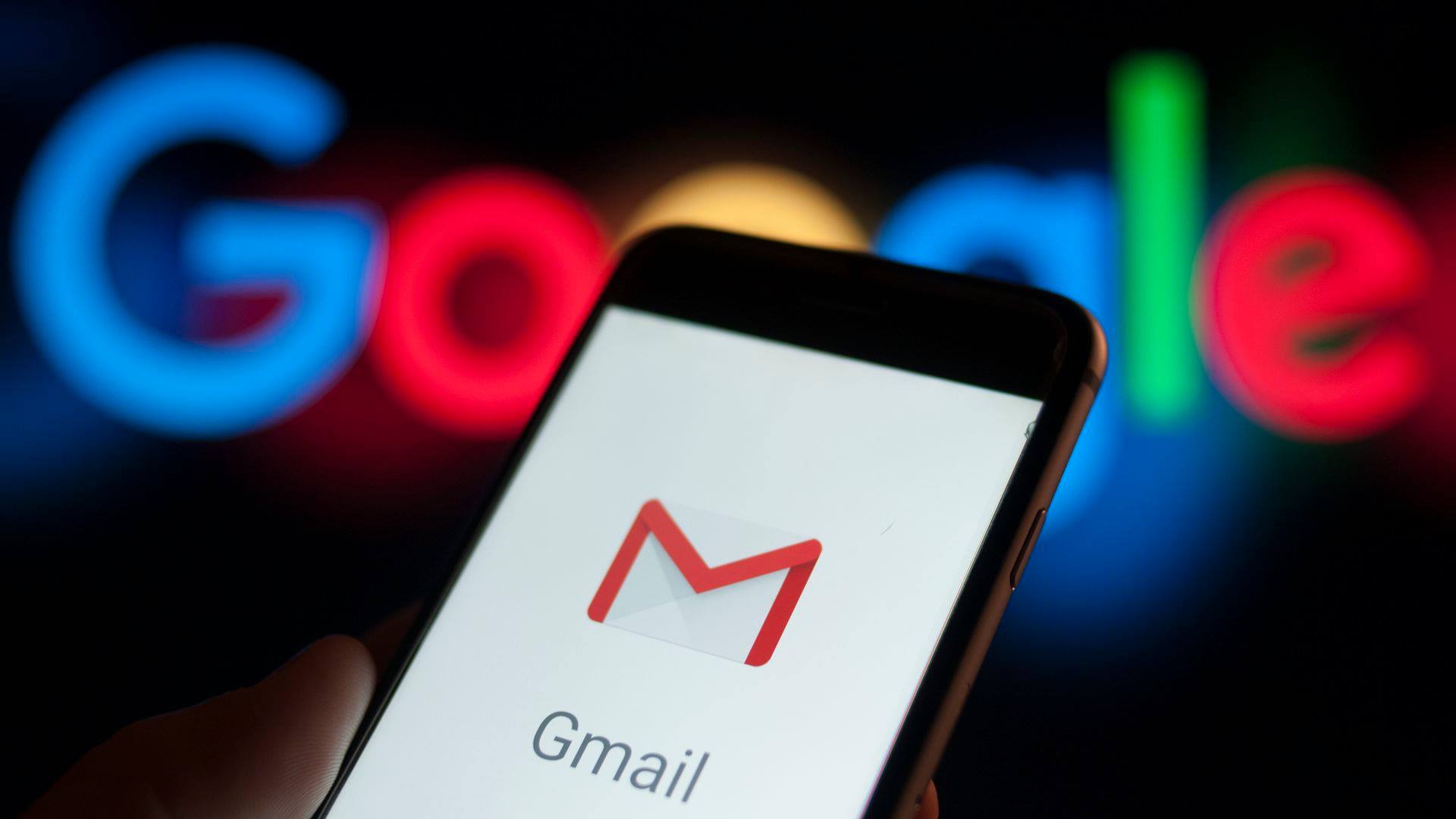Many kids want to create YouTube videos these days. But before you hand over your phone and set up your own YouTube account, read this first.
At my son’s kindergarten graduation, when the teachers asked the kids what they wanted to be when they grew up, at least a few expressed high hopes of becoming a “YouTuber.” So, it was no surprise when, about a month later, my son was making some games on the table and asked me to record a video of it to post on YouTube.
Frankly, I was a bit hesitant. But on the other hand, kids these days already watch a lot of YouTube videos, and their desire to create their own videos may stem from their desire to be stars themselves, just like the kids they watch on YouTube. And I think there could be some benefits: Kids explore their creative side; learn about camera angles, lighting, and video editing; and practice proper expression.
Creating and posting videos can also provide a boost to self-esteem, says Amanda Biggar, a teacher whose husband created a YouTube channel for their six-year-old son, Brock, where he posts video game trailers and commentaries. “If someone subscribes to or likes his videos, it makes him feel good about himself,” she says. “And he has a lot of fun making videos.”
Make your YouTube account private
When creating a YouTube channel, set it to "private," meaning you'll have to approve anyone who wants to subscribe and view your content. Older kids may balk at this, as many control the number of views they get. Be prepared to explain that this is a compromise you'll need to live with.
Stop commenting and liking
If you decide to make your account public—meaning anyone, anywhere can view your child’s video—consider turning off viewers’ ability to comment and click “like” or “dislike.” “The option is in the settings, and Paul Davis, a specialist who helps educate and train on privacy and social media issues, says that’s exactly what he did when his 13-year-old daughter wanted to post a video of herself,” Davis says. Negative comments can be a serious blow to a child’s confidence and can lead to bullying.
Keep it anonymous
Take precautions to ensure your child cannot be tracked based on the information provided alongside or within the video. When creating a biography section, do not include your or your child's real name, or any links to websites.
Most importantly, you can always preview videos before your child posts them to ensure they contain no identifying details. Don't even consider showing your child's face. Biggar says Brock's videos show only his voice, and Davis's video shows only her hands.
Chat about expectations
Kids watch YouTube stars like EvanTubeHD, who has over 6 million subscribers and over 3.7 billion video views, and unfortunately, they idolize them. Make sure you explain that posting videos should be about sharing their creativity, not about gaining fame. “Kids shouldn’t be programmed at a young age to seek online validation,” says Davis. You can encourage your kids, but make it crystal clear that the likelihood of them becoming famous on YouTube is very small and that it’s not their goal.
How to make money from YouTube
Most videos won't garner more than a handful of views. But if your kids' videos are generating a lot of interest from your audience, you can consider monetizing them. Once your channel has surpassed 4000 "watch hours" over 12 months and has at least 1000 subscribers, you can apply for a Google AdSense account and select the types of ads you want to display. Then, just wait for approval—and start your RESP account!
With parental involvement, YouTube can be a great tool for kids to learn about technology and express their personalities. Just don't let them navigate it on their own, says Davis. "There are a lot of positives to YouTube, but it all starts with parental guidance," he says.




